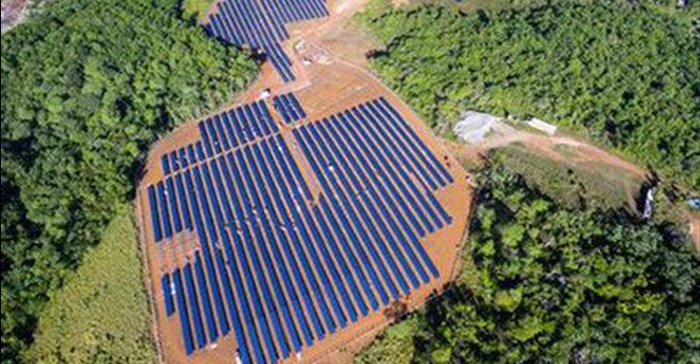
In various microgrid applications, renewables combined with diesel, HFO, or gas are proving their worth in isolated regions, a recently released white paper says. For almost all mines, the integration of renewables will have a positive impact on their energy cost position. Mining companies do not have to invest their own money; independent power providers (IPPs) invest in the renewable energy infrastructure and sell electricity to mines through power purchase agreements (PPAs).
This trend is now moving into its second market phase characterised by price competition where IPPs can offer extremely competitive PPAs to remote miners.
Large IPPs take advantage of economies of scale on components for solar and wind power plants not only for remote mining projects but also for much bigger grid-connected plants. Market leaders have managed to optimise the planning and construction processes substantially. However, conducting projects in remote locations, especially in Africa, requires an extended experience. Amongst the challenges of undertaking projects in Africa is financing, which requires an excellent relationship with local and international banks.
Cost optimisation does not necessarily mean minimising capex, but rather focusing on the total lifetime of the project and including O&M. It is also important to take the interplay of the different energy sources into consideration. Not every kWh of solar and wind energy generated means equivalent fossil fuel savings. When gensets run at suboptimal loads, they lose efficiency and require additional maintenance.